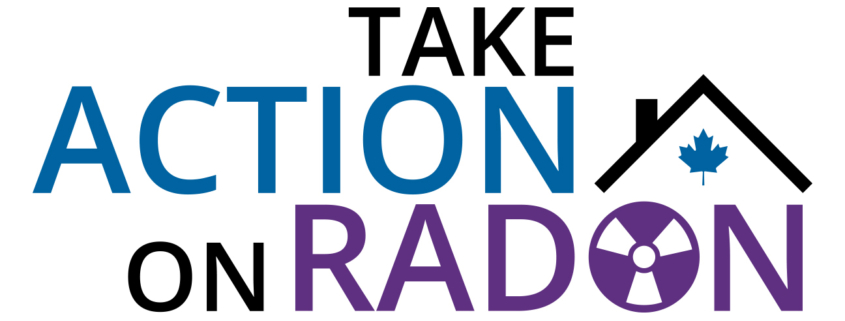Radon Action Month – Test for Radon Gas to Protect Your Home and Family
November is Radon Action Month in Canada. It’s a great time to start your home radon test!
Radon gas is an odourless, colourless, radioactive gas found in homes across all of Canada. You might be surprised to learn that Radon exposure is the #1 cause of lung cancer in non-smokers. In fact, November is the month that the Government of Canada observes Lung Cancer Awareness Month and National Radon Action Month to help remind Canadians that both lifestyle choices and environmental factors can impact the health of our lungs.
Exposure to high levels of the radioactive gas in indoor air results in an increased risk of developing lung cancer. Of course, the risk of cancer depends on the Radon levels and how long a person is exposed.
What is Radon Gas?
Radon gas is an odourless, colourless radioactive gas that occurs naturally. It’s created by the natural breakdown of uranium. Radon is found in soil, igneous rock, and in some cases, well water. It makes its way up through the ground and into your house through cracks and other holes in the foundation.
A recent survey identified that Radon levels vary significantly across the country, but there are regions more prone to high levels of indoor Radon. Saskatchewan, Manitoba, New Brunswick, and the Yukon showed the highest percentages of participant homes that tested above the radon guideline. But, just because we don’t live in one of the provinces listed, that doesn’t mean you shouldn’t test. Radon in dangerous levels exists in nearly all regions of Canada.
Inhaling Radon exposes lung tissue to ionizing radiation which causes damage to the DNA in lung tissue. It can lead to lung cancer. In fact, over 3,200 Canadian lung cancer deaths each year can be attributed to Radon exposure.



